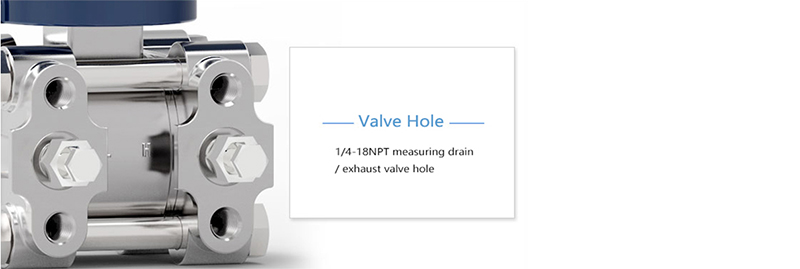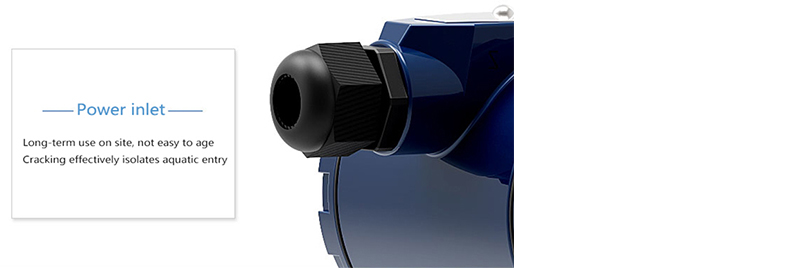
Pressure Transmitter Common Faults And Daily Maintenance Strategy
Intelligent pressure transmitter is the most commonly used instrument in modern industrial control. Whether it can work normally affects the normal operation of industrial production. However, whether it is a domestic transmitter or an imported transmitter, there will inevitably be some faults in the process of use, and the working environment, improper operation of the human body or the transmitter itself may have various faults. Therefore, it is necessary to understand the common faults of the pressure transmitter and the daily maintenance methods.
Common faults
Pressure transmitters inevitably have a variety of faults during use, and there are many influencing factors. Here are some common types of faults:
1.Line fault
When a line fault occurs, the computer displays an abnormal value, and the transmitter junction box is opened to check whether the line has a virtual connection, short circuit or disconnection. The fault is detected by using the power supply, the shaking insulation, and the quantity resistance.
2. Frequency conversion interference
When wiring is performed, various signal lines interfere with each other, especially when the power line and the signal line are in the same pipeline, and the interference is more serious. In this case, the transmitter does not communicate or even causes an error. This type of erroneous operation can be avoided by increasing the distance between the instrument cable and the power cable tray.
3. Electrical signal transmission failure
Pressure transmitters that are improperly used or maintained can easily cause transmission failure of electrical signals. For example, in order to save time and place the transmitter near the device under test, the signal transmission distance is too far, and the signal will be interfered or attenuated. At this time, the cross-sectional area of the cable should be increased as needed.

Daily and regular maintenance
1. Circuit inspection
Check the instrument indication, whether there is any abnormality, to see whether it fluctuates within the specified range;Some transmitters without field instructions, to the control room to see its secondary value.Whether there is sundries around the instrument or whether there is dust on the surface of the instrument, it should be cleaned and cleaned in time.Instrument and process interface, pressure pipe and valve between the wrong leakage, corrosion and so on.
2. Regular inspection
Regularly check regularly at intervals.
Sewage, condensate and venting are carried out on a regular basis.
Regularly purge the pressure pipe of the easily blocked medium, and fill the isolation liquid.
Regularly check the transmitter parts intact, no serious corrosion, damage; nameplate, logo clear and correct; fasteners should not be loose, the connector is in good contact, the terminal wiring is firm.
Regular on-site measurement of the line, including whether the input and output circuits are intact, whether the line is disconnected, short-circuited, and whether the insulation is reliable.

Matters needing attention
(1) Prevent the transmitter from contacting corrosive or overheated media;
(2) Prevent dregs from depositing in the catheter;
(3) When measuring the liquid pressure, the pressure outlet should be opened on the side of the flow pipe to avoid sediment accumulation;
(4) When measuring the gas pressure, the pressure outlet should be opened at the top of the flow pipe, and the transmitter should be installed on the top of the flow pipe, so that the accumulated liquid can be easily injected into the flow pipe;
(5) The pressure guide pipe should be installed where the temperature fluctuation is small;
(6) When measuring steam or other high-temperature media, the condenser such as buffer tube (coil tube) should be connected, and the working temperature of the transmitter should not exceed the limit.

